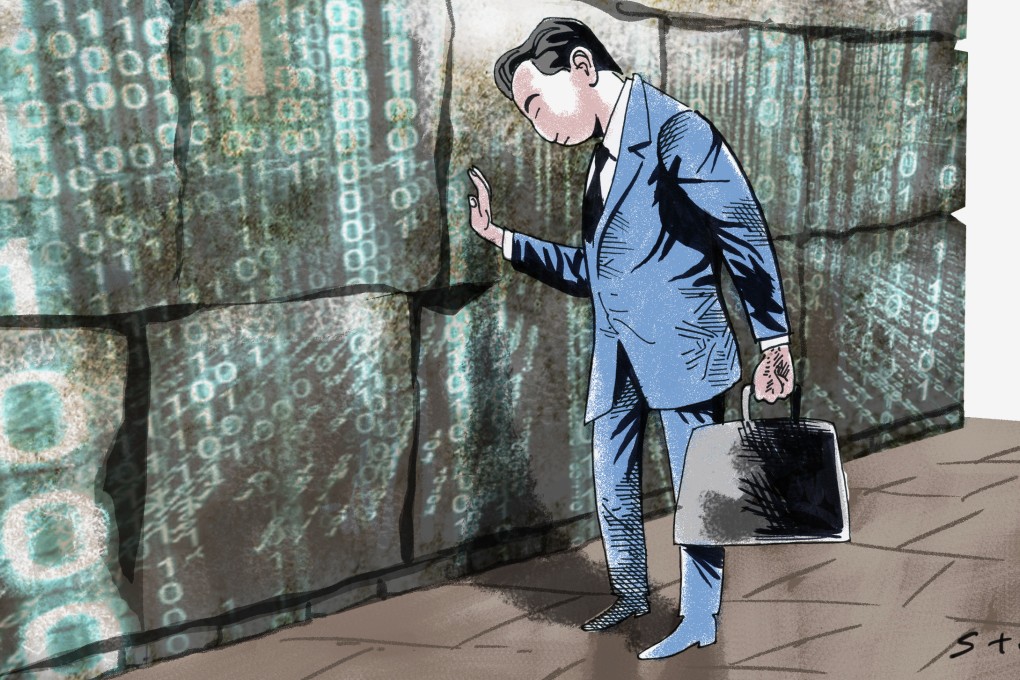Israeli model holds the answers to China’s quest for technology and innovation
Yasheng Huang says having learned from Singapore’s development experience, China should turn to a more tech-savvy nation for inspiration for its next stage of growth


READ MORE: For China’s struggling economy, 2016 may be worse than 2015
Both countries are small. One has a population of 5.5 million people; the other has a population of 8 million. In both countries, the dominant ethnic group is about 75 per cent of the population and minority groups make up the rest.
Both countries are rich. One country has a per capita gross domestic product of US$52,000 and the other country has a per capita GDP of US$35,000.
Both countries have faced existential security threats from the outside and armies in both countries have mandatory conscriptions. One country was actually kicked out and evicted by its now much larger neighbour, because the union would have threatened the political dominance of the main ethnic group. The second country is located in a region surrounded by hostile nations.
You may be able to guess the names of these two countries: Singapore and Israel.

The answer to the second question is easy: despite the fact that China often insists on following its own unique development model, it has never shied away from its professed desire to learn from Singapore. In this case at least, Singapore’s small size has never deterred Chinese officialdom from viewing it as a model.
The Singaporean way of doing things may well be suited for a growth model that builds highways and airports, but the Israeli model represents where China needs to go next